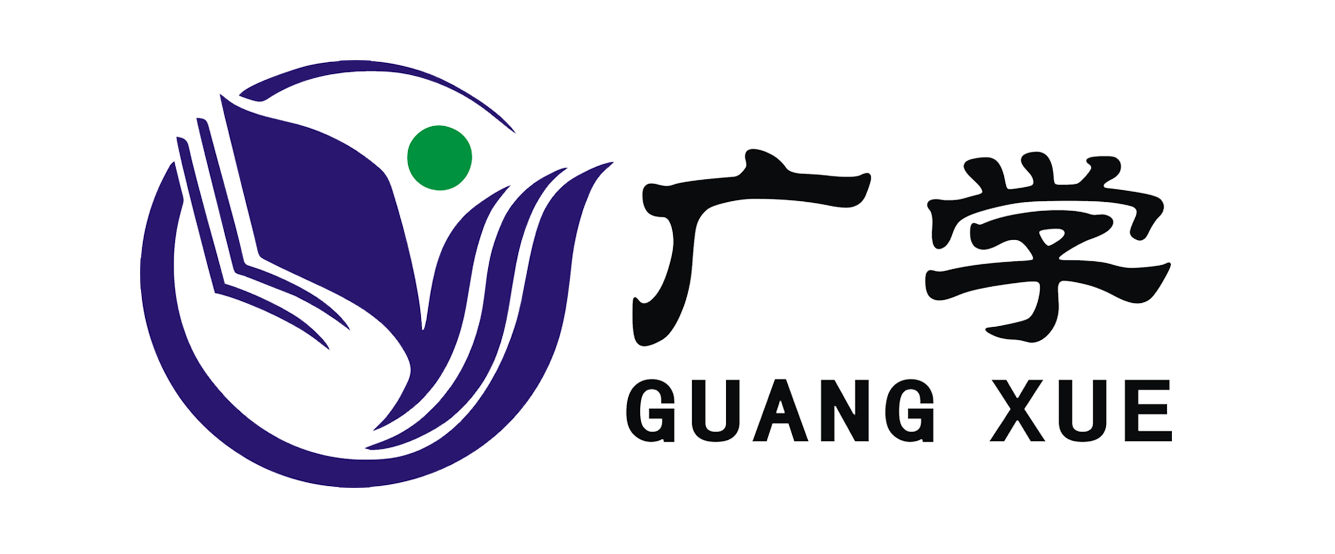






一、Product Overview
This device combines the overall solutions of GX-01C and GX-01A, which can meet the requirements of maintenance electrician skill appraisal and also carry out normal electrician course training projects. It is a teaching device that can flexibly and independently arrange course training tasks. The equipment development is based on the latest skill appraisal standards issued by the province in 2015, and can complete all appraisal exam items of the new version of the skill appraisal standards. The equipment is sturdy and durable, with a beautiful appearance. After multiple expert meetings, it has been demonstrated that the purpose of technical development is to maintain electrician identification and teaching applicability, overcoming the shortcomings of multiple old equipment. The training mesh board can be operated on both sides, using screw base and back lock screw.
二、Technical Parameter
1)Overall dimensions: length 1400mm x width 500mm x height 1500mmZZ;
2)Three phase five wire AC power supply;
3)Capacity<1.5kVA;
4)Working environment: temperature -10 ℃~+40 ℃, relative humidity<85% (25 ℃), altitude<4000m;
5)The main body adopts 4040 * 3.0 square steel pipes;
6)The desktop is wrapped with 25mm duck mouth edge fireproof board;
7)The mesh plate adopts 1.5mm stainless steel plate for high-precision laser cutting;
8)High strength universal wheels with brakes;
9)The accessory cabinet is wrapped with fireproof boards;
10)Mesh plate size: 640mmX500mm。
三、Practical training projects
1.Electric motor inching and self-locking control
2.Motor forward and reverse control
3.Motor with delayed forward and reverse control
4.Motor Star/Delta Switching Start Control
5.Three phase cage motor contactor inching control circuit
6.Control circuit for unidirectional operation of three-phase cage motor
7.Three-phase cage motor dual control unidirectional operation control circuit
8.Single-phase cage motor split phase starting control circuit
9.Capacitor Starting Control Circuit for Single-phase Cage Motor
10.Using a multimeter to determine the quality, polarity, and material of a diode
11.Using a multimeter to determine the quality, polarity, type, and material of a crystal transistor
12.Measure the resistance with a multimeter
13.Using a multimeter to determine the quality of the battery
14.Use a multimeter to judge the quality of capacitors and compare their capacity
15.Using a multimeter to determine the beginning and end of the stator winding of a three-phase asynchronous motor
16.Direct start control of three-phase motor
17.Three phase motor inching control
18.Three-phase motor self-locking operation control
19.Time relay control motor Y/△ voltage reduction starting control
20.Automatic round-trip travel switch control of workbench



